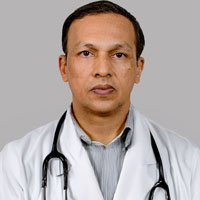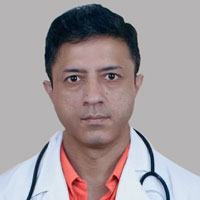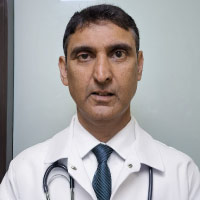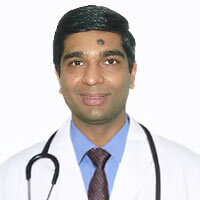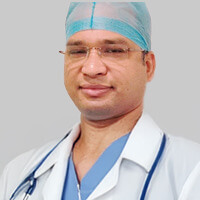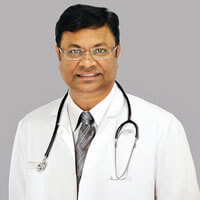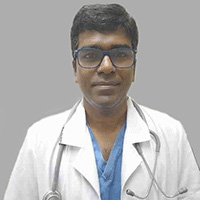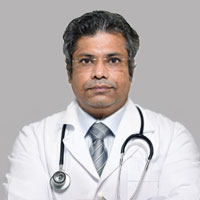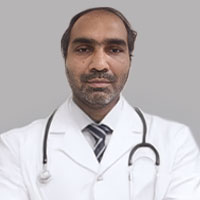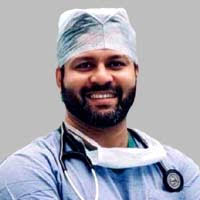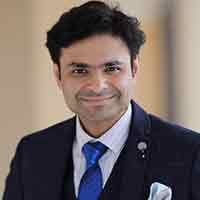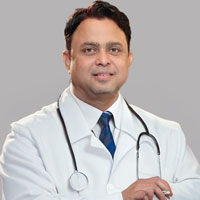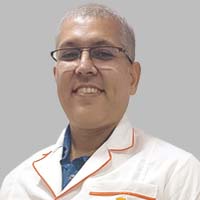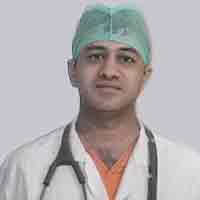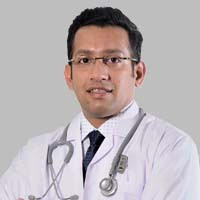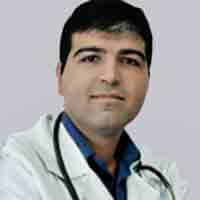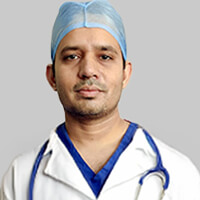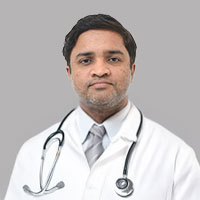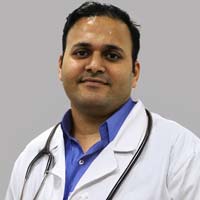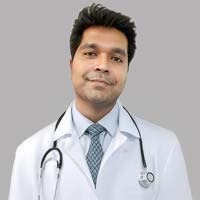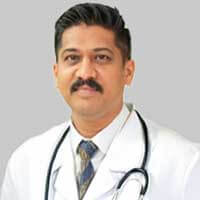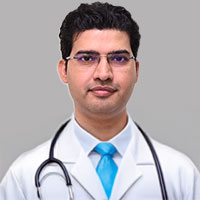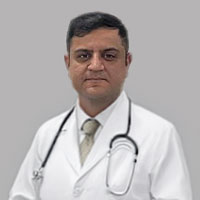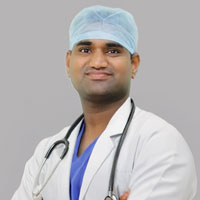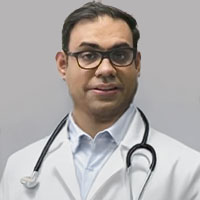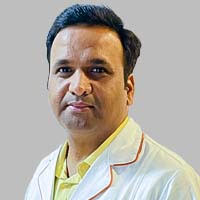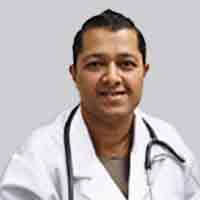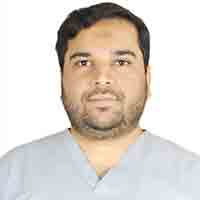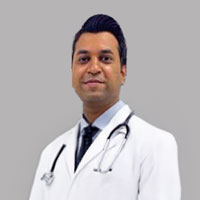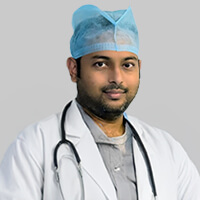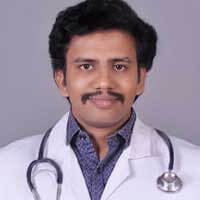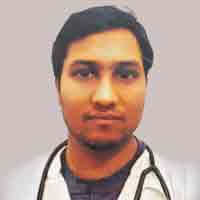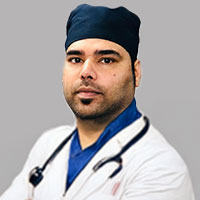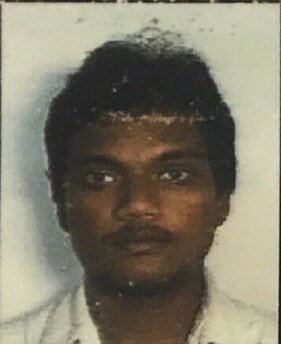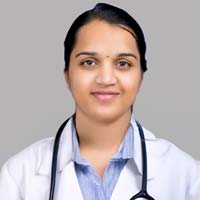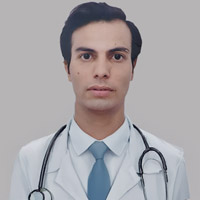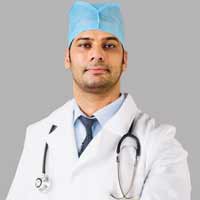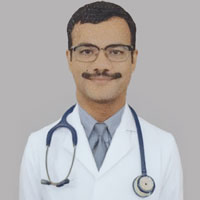Why is Elbow Arthroscopy Required?
The arthroscopic intervention of your elbow might be required if your orthopaedist observes any abnormal conditions related to it. There are many reasons that can call for an elbow arthroscopy which include:
- Presence of pieces of degenerated cartilage in the joint space of elbows.
- Inflammation in the elbow
- Trauma
- Stiffness of joints
- Tendon damage
- Osteoarthritis
- Rheumatoid Arthritis that causes inflammation
- Injuries caused due to excessive stretching of your elbow beyond its limit
- Cartilage tears
- Lateral Epicondylitis – Also known as tennis elbow, where the tendons on the outer parts become inflated at the lateral epicondyle (bony prominence) of your elbow.
- Ligament damage or tear
- Instability of your elbow joint
- Fractures
- Osteochondritis dissecans which damages the capitellum part of the humerus (bone in the arm) that is common injury for throwers and gymnasts
- Presence of bone spurs around the joints of your elbow
Any traumatic injuries or other damages to your elbow can create stiffness in the joint. People with such health condition, experience a lot of pain while performing any activities with their elbow. At such times, your orthopaedist may ask you to go for an elbow arthroscopy. An arthroscopy can release a stiff and contracted elbow more efficiently. However, health disorders like arthritis cannot be cured with arthroscopy. It acts as palliative for such kind of disorders.
Pre-operative Preparation
Before you go for any surgical procedure, it is important that your doctor knows every detail about your health problem. Problems related to the joints of your elbow are internal. Hence, your doctor requires certain tests in order to learn about your health problems precisely. Also, some blood tests can also be performed to check other aspects associated with your health. Tests to be performed in the preoperative period involves:
Imaging Tests
- X-ray:
It shows the photographic view of your joints and bone that is required before performing the surgery.
- Computer Tomography (CT) Scan:
CT scan is similar to an X-ray, except it provides images from various angles to output a cross-sectional view of the bones and joints in a precise manner.
- Magnetic Resonance Imaging (MRI) Scan
MRI scanning mechanism utilizes radio waves in order to create detailed pictures of the internal organs and tissue bodies. Here, along with the structures of the joints, surrounding muscular tissues and tendons can also be viewed to check for abnormalities, which are required to study for the surgery.
Blood Tests
Blood tests are mandatory before every surgery as they notify your doctor about your health status. Blood tests required for preoperative preparations include:
- Blood Sugar Level Test:
It is very important for the team of doctors to measure your blood sugar level. A lower blood sugar level indicates your body is weak and not ready for any surgical procedure. Doctors usually try to bring it to a normal level by providing certain medicines or health supplements. This can improve your health and make your body ready for arthroscopy procedure.
- Rheumatoid Factor (RF) Test:
A RF test is carried out to check whether the patient is suffering from rheumatoid arthritis. Rheumatoid arthritis causes damage to your joints.
- Blood Group:
Patients may require blood transfusion during or after surgery. Therefore, it is necessary that doctors conduct a blood test before the surgery procedure to make a note of the blood group of the patient.
Physical Examination
A general physical check-up is required before the main elbow arthroscopy procedure. This monitors and determines your health condition. If you have history of any health disorder or any infection or allergy, make sure you let your doctor know all about it. If your are diabetic or your have high or low blood pressure or are pregnant, discuss about it with your doctor.
Day Before Surgery:
Day before the execution of your elbow arthroscopy, your orthopaedist should give you all the details about your operative procedure. Stepwise procedure will be explained to you. If you agree with all the terms and conditions of the procedure, you can sign the consent form provided to you.
Your orthopaedist will inform you about the timings of your surgery and other necessary tests that are carried out just before the procedure. It is always better if you arrive little earlier before the procedure. You will have to fast or consume light meal before the procedure. Doctors can also provide with certain medicines you need to take some time prior to the arthroscopy.
Procedure Day
Procedure day begins with a general monitoring of your health to check if all your vitals are normal. A short inspection can be carried out by nurses to check if you are fasting as per instructions.
Your elbow arthroscopy begins by injecting general anesthesia in your system. However, some doctors practice elbow arthroscopy under local anesthesia. Anesthesia is responsible for temporary induction of loss of sensation when arthroscopy procedure is being performed. When anesthesia starts showing its influence, the orthopaedic surgeons begin with the arthroscopy procedure.
Intravenous antibiotics can be injected into your arms to avoid any occurrence of infection caused due to surgery. Nurses will position your body; especially your elbow in such a way, that arthroscope can get clear access inside your elbow to get better view of the internal parts. There are two common positions involved in an elbow arthroscopy procedure. They are medically termed as 'lateral decubitus' meaning side lying and 'prone' meaning lying on your stomach.
Extra care is taken to make sure that no other pressure points are affected when your body is positioned. For preventive measures, your spine, and various other pressure points of your limbs are padded to protect them while you are positioned.
A tourniquet (compressing device) can be applied to the upper side of your arm. This is followed by placing your arm on an arm holder to keep it intact at one place. Lower section of your arms and remaining part of your hand are covered with bandages to limit swelling in those areas. Skin around your elbow is cleaned with anti-septic solution before proceeding further. Upper body and shoulder are covered with sterile surgical drapes.
Before the main arthroscopy procedure, surgeons draw marks around your elbow to indicate various internal regions as well as placing incisions and making ports for arthroscope and other instruments.
Methods/Techniques of Elbow Arthroscopy
Arthroscopy begins by filling up your elbow joints with a fluid. Tiny incisions are made around your elbows to get access to your joints. An arthroscope is passed through one of these incisions. It contains a fibre-optic camera in its inserted end. The fluid is helpful in giving a clear view of the internal structure, on the camera. It is also helpful to prevent bleeding. The lens of the camera is designed in such a way that it is useful to magnify internal smaller structures of the elbow and display them on the monitor screen. This view allows your orthopaedic surgeon to accurately diagnose the deformities present in your elbows.
Other incisions can help your doctor to change the position of the camera to view various other structures in your elbow. More than one arthroscope can be used in this procedure. Using such methods, doctors can identify loose bodies, bone spurs and many such problems around that section.
An arthroscope can be useful in removal of loose bodies present near your elbows. Surgical cutlery can be used with the help of arthroscope to discard bone spurs or loose bodies. Tissue samples can be collected from these sections for a tissue biopsy test to check signs of infections, cancer or any other abnormal conditions.
It takes around 30-90 minutes for the complete execution of an elbow arthroscopy.
Post Procedure
Recovery at the Hospital
After successful implementation of elbow arthroscopy, all the cuts made during surgery will be stapled or stitched. Wounds will be cleaned with anti-septic substance to avoid outer infections. Also, cotton dressing is done around your elbow to avoid bleeding.
You will be shifted from the surgery room to the recovery room after arthroscopy is finished. It is necessary for your elbow to rest for around 1-2 hours after the surgery. Your team of doctors will monitor your health condition. Your hand can be swollen for some hours. Before you are discharged from the hospital, your doctor will educate on all the required instructions you must follow at home for better healing and to avoid occurrence of any problems.
Make sure you have someone to receive you from the hospital and drive you home.
Recovery at Home
Recovery at home includes following all the necessary instructions suggested by your doctor. Make sure you consume the required medicines, pain killers and anti-inflammatory medicines prescribed by your orthopaedist. You can apply ice on the swelling. For initial few days post-surgery, your hand should be elevated. Use shoulder support bands for proper elevation that holds your elbow at one place and keeps it elevated. While you sleep, ensure that your elbow is resting higher than your heart, and your hand is above your elbow. Also make sure nothing comes in contact with your elbow at such times, or it may increase pain and lead to other problems.
The time to recover from an arthroscopy operation is faster than any open surgery. However, your hand will require few weeks to recover completely. You will experience pain in the elbow joint for about a week.
For the first 48 hours, it is necessary to ice your elbow. This helps prevent severe swelling around your elbows and subsides your pain. Icing and elevation can be continued for a longer period of time if your doctor suggests.
Gently moving your fingers and wrist can help stimulate blood circulation and reduce swelling. Doctor will recommended hand exercises to prevent stiffness of your elbow joints. Returning to your daily activities depends on how well you are recovering. Based on this condition, your doctor can accelerate the motion in your exercise.
Dressing around your arm and hand can be removed after 2-3 days post arthroscopy. Until then, it is important that you keep your dressing intact and hand elevated.
Follow-up Appointments
Some doctors suggest to keep the dressing intact until the next follow-up appointment. Your hand can be monitored in this follow-up session and then your doctor can decide whether it is the right time to remove the dressing. If you have to continue keeping the dressing in place, get it changed on time during every follow-up session.
If there are any side effects seen after elbow arthroscopy surgery, doctor will help you to deal with them. Other steps of check-up include checking whether medicines are working well enough to show necessary improvements. Doctors will also observe if there are any changes required in medications or exercise. If you have any other query, discuss with your doctor at these sessions.
Precautions
After an elbow arthroscopy, it is very important to follow some precautions. Some of the common precautions include:
- Do not lift any heavy objects
- Do not perform rigorous exercise/activities
- Do not apply any pressure on your elbow
- Keep your hand elevated, do not keep it loose throughout the day and while sleeping
- Do not forget to ice your surgical site
- Do not forget to change your bandages and dressing on time



















